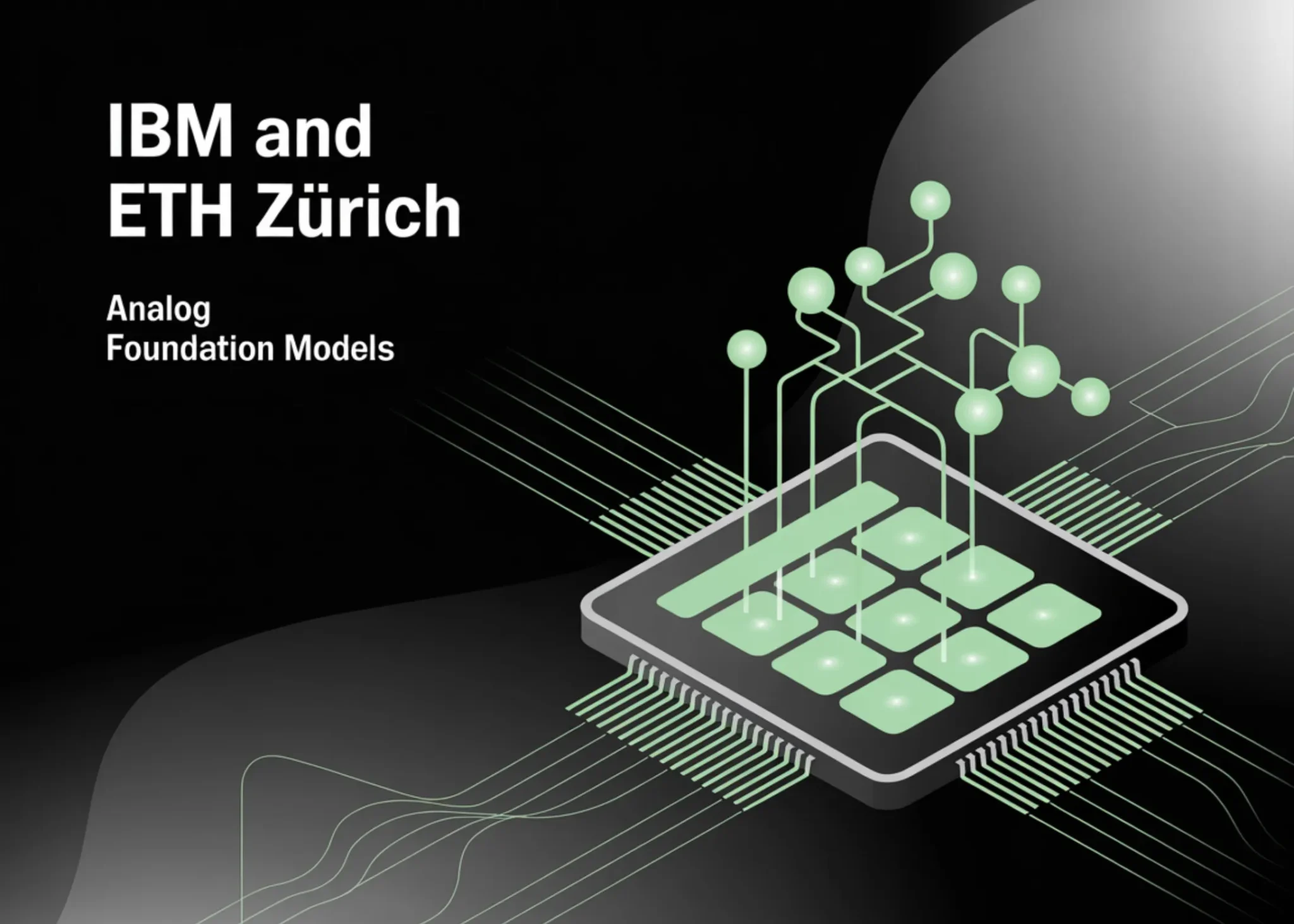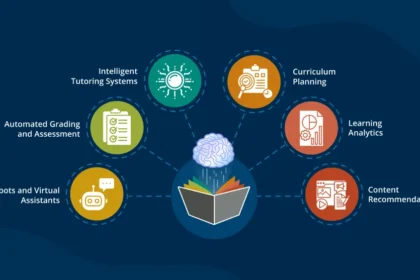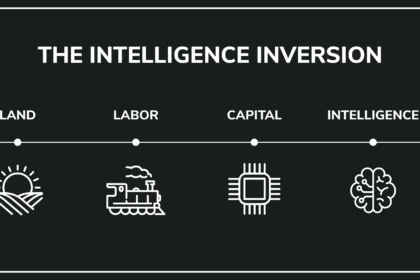IBM researchers, alongside engineers from ETH Zürich, have announced a new class of “Analog Foundation Models” (AFMs) designed to address a major hurdle in analog in-memory AI hardware: noise. This latest development could make edge devices (think smartphones, IoT sensors, wearables) more reliable for running large AI models not just in lab environments but in real-world settings. (MarkTechPost)
What Are Analog Foundation Models?
AFMs are AI models built specifically to operate on analog in-memory computing (AIMC) hardware. In AIMC, memory (where data is stored) also performs computation, which greatly reduces energy usage and latency compared to digital circuits that shuttle data back and forth. But AIMC has a catch noise and error are common due to physical imperfections in analog components. AFMs are trained with techniques that tolerate and even compensate for this noise, allowing the models to remain accurate despite hardware irregularities.
Why Noise Has Been the Big Roadblock
AIMC models execute operations like matrix multiplications directly in memory using non-volatile memory (NVM) cells. But real-world NVMs suffer noise, drift, variation in electrical characteristics, and quantization error. All these degrade the quality of results unless the model is explicitly designed to handle them. Until now, most large models assume clean, digital math and drop in performance when forced to run on analog hardware.
How AFMs Are Built to Be Resilient
IBM & ETH Zürich’ s researchers trained AFMs with special loss functions, analog-aware calibration, and simulated noise in training loops (so the model ‘learns’ to expect variation). They also used hardware-in-the-loop validation: parts of the analog hardware test the model during development to measure error and feed that back into training. This hybrid approach helps reduce mismatch between theory and hardware reality.
Potential Impacts on Edge Devices & Embedded AI
If AFMs scale, edge systems could run much larger and smarter AI models with lower power draw think AI photo enhancement, voice assistants, anomaly detection in industrial sensors, or health monitors all without needing cloud connectivity or huge batteries. This could be especially valuable in places with unstable connectivity or limited infrastructure. It also could reduce latency and improve privacy by keeping most AI computation on device.
Challenges Remaining
Even with these advances, several challenges must be resolved:
- Manufacturing consistency: Not all analog NVM hardware is created equal. Variation between batches can shift noise characteristics.
- Long-term drift & durability: Over time, analog components degrade. Ensuring reliability over thousands of cycles is critical.
- Standards & integration: Translating analog-aware training into production tools and pipelines requires new tooling, benchmarks, and SDKs.
- Cost vs benefit: Analog hardware tends to cost more upfront. Edge makers will judge whether the energy and latency savings are worth that cost.
Why This Matters Globally (US, EU, Asia)
Edge AI is a global frontier. In the U.S., startup ecosystems are racing to lower power consumption and reduce cloud dependency. In the EU, energy efficiency and privacy regulation make analog solutions especially appealing. Even in Asia, rapid adoption of edge devices and IoT demands robust hardware tolerant of imperfect conditions. AFMs may help shift the balance from cloud-centric AI to hybrid/edge models, reducing infrastructure demands and making AI more accessible globally.
What to Watch Next
Some things to follow closely:
- Public release of benchmark comparisons: how AFMs stack up vs digital models on energy, latency, accuracy.
- Integration of AFMs into commercial edge-AI platforms (smartphones, wearables, sensors).
- Toolkit and developer support libraries that simplify analog-aware model training for AI/ML engineers.
- Regulatory or safety implications if devices make decisions autonomously need to ensure accuracy in medical or critical-use cases.
- Manufacturers adopting analog hardware at scale (not just pilot projects) as proof of viability.
My Take
This feels like one of those under-the-radar breakthroughs that could quietly shift how we build AI systems. Analog Foundation Models don’t grab headlines like new LLMs, but they might matter more when we’re running AI everywhere on devices, sensors, cameras, cars especially in power-constrained settings. If IBM and ETH can deliver reliable AFMs, it could reshape expectations: edge devices acting smarter, lasting longer, doing more. The trick will be making analog AI usable, safe, and dependable. If those pieces fall into place, we may be witnessing the foundation of next-generation AI ubiquity.







